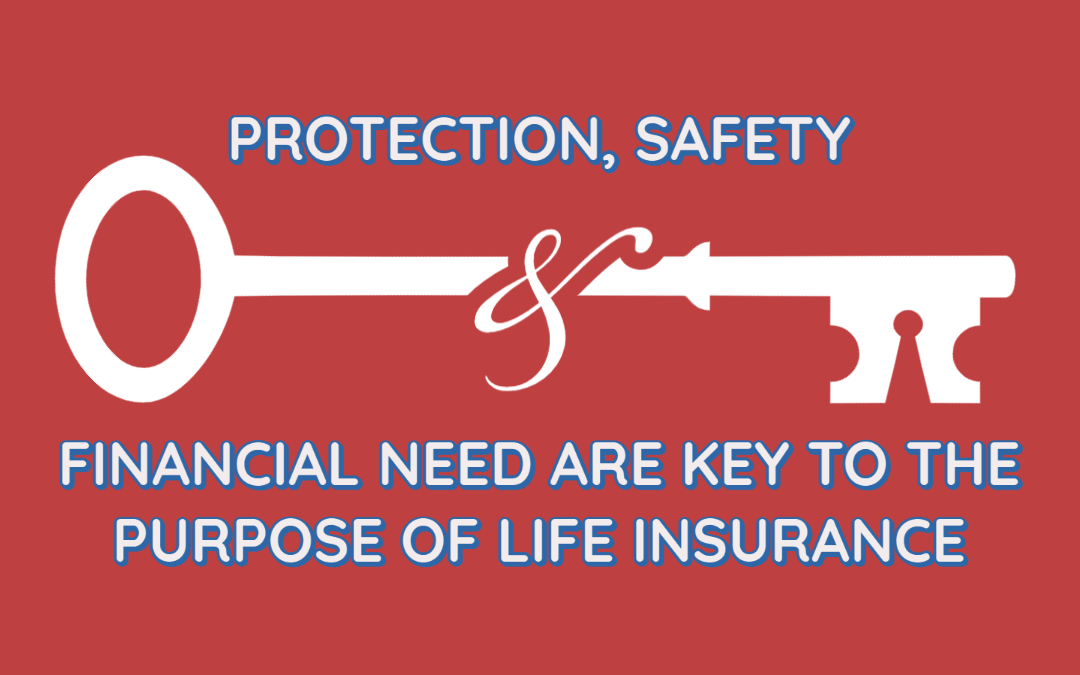Some Known Incorrect Statements About Pacific Prime
Some Known Incorrect Statements About Pacific Prime
Blog Article
Pacific Prime Fundamentals Explained
Table of ContentsRumored Buzz on Pacific PrimeExamine This Report about Pacific PrimeThe Buzz on Pacific PrimeThings about Pacific PrimeSome Known Incorrect Statements About Pacific Prime

This is since the information were collected for a duration of solid economic performance. Of the approximated 42 million individuals that were without insurance, almost about 420,000 (regarding 1 percent) were under 65 years old, the age at which most Americans become qualified for Medicare; 32 million were adults between ages 18 and 65, about 19 percent of all grownups in this age; and 10 million were kids under 18 years old, about 13.9 percent of all children (Mills, 2000).
These price quotes of the number of persons without insurance are generated from the annual March Supplement to the Current Populace Study (CPS), performed by the Demographics Bureau. Unless or else noted, national quotes of individuals without medical insurance and percentages of the populace with different kinds of coverage are based on the CPS, the most widely utilized resource of quotes of insurance policy protection and uninsurance rates.
Pacific Prime - Questions

Still, the CPS is especially beneficial due to the fact that it creates annual estimates relatively quickly, reporting the previous year's insurance policy protection estimates each September, and because it is the basis for a regular collection of quotes for greater than two decades, enabling analysis of trends in insurance coverage gradually. For these reasons, as well as the considerable use the CPS in other researches of insurance policy coverage that are offered in this report, we rely upon CPS price quotes, with restrictions noted.

The estimate of the variety of uninsured individuals expands when a populace's insurance coverage standing is tracked for a number of years. Over a three-year duration beginning early in 1993, 72 million individuals, 29 percent of the U.S. https://gravatar.com/pacificpr1me. populace, lacked coverage for at the very least one month. Within a single year (1994 ), 53 million people experienced a minimum of a month without protection (Bennefield, 1998a)
Six out of every 10 uninsured grownups are themselves utilized. Although working does boost the likelihood that a person and one's household participants will have insurance policy, it is not an assurance. Even participants of families with 2 full-time breadwinner have almost a one-in-ten possibility of being uninsured (9.1 percent without insurance rate) (Hoffman and Pohl, 2000).
6 Easy Facts About Pacific Prime Explained
New immigrants account for a considerable percentage of individuals without health and wellness insurance policy. One evaluation has attributed a considerable part of the current development in the dimension of the U.S. uninsured population to immigrants who showed up in the nation in between 1994 and 1998 (Camarota and Edwards, 2000). Current immigrants (those that involved the USA within the previous 4 years) do have a high rate of being uninsured (46 percent), but they and their children represent just 6 percent of those without insurance coverage across the country (Holahan et al., 2001).
The partnership in between health insurance and access to care is well established, as documented later in this chapter. The connection between wellness insurance and wellness results is neither direct nor straightforward, a considerable professional and health and wellness services research literary works links health insurance policy coverage to improved accessibility to care, much better quality, and boosted personal and population wellness condition.
Levels of evaluation find more information for taking a look at the impacts of uninsurance. This discussion of medical insurance protection focuses primarily on the united state population under age 65 because basically all Americans 65 and older have Medicare or other public coverage. It concentrates specifically on those without any kind of health insurance policy for any size of time.
Some Ideas on Pacific Prime You Need To Know
The issues dealt with by the underinsured are in some aspects similar to those dealt with by the uninsured, although they are typically less severe. global health insurance. Uninsurance and underinsurance, nonetheless, entail noticeably various policy issues, and the strategies for resolving them may differ. Throughout this study and the 5 records to comply with, the main emphasis gets on persons with no medical insurance and thus no help in spending for healthcare beyond what is available via charity and security web institutions
Medical insurance is an effective element affecting invoice of care due to the fact that both individuals and doctors react to the out-of-pocket cost of services - https://www.indiegogo.com/individuals/37416909. Medical insurance, however, is neither required neither sufficient to acquire access to clinical solutions. Nevertheless, the independent and direct effect of wellness insurance policy coverage on access to wellness services is well established.
Others will certainly obtain the healthcare they require also without medical insurance, by spending for it expense or seeking it from companies who use treatment complimentary or at highly subsidized rates. For still others, wellness insurance coverage alone does not make certain invoice of treatment due to other nonfinancial obstacles, such as a lack of healthcare companies in their area, limited accessibility to transport, illiteracy, or linguistic and cultural distinctions.
Getting The Pacific Prime To Work
Official study concerning without insurance populations in the USA dates to the late 1920s and very early 1930s when the Committee on the Cost of Treatment created a collection of records concerning funding physician office sees and hospitalizations. This issue became salient as the numbers of medically indigent climbed during the Great Anxiety.
Report this page